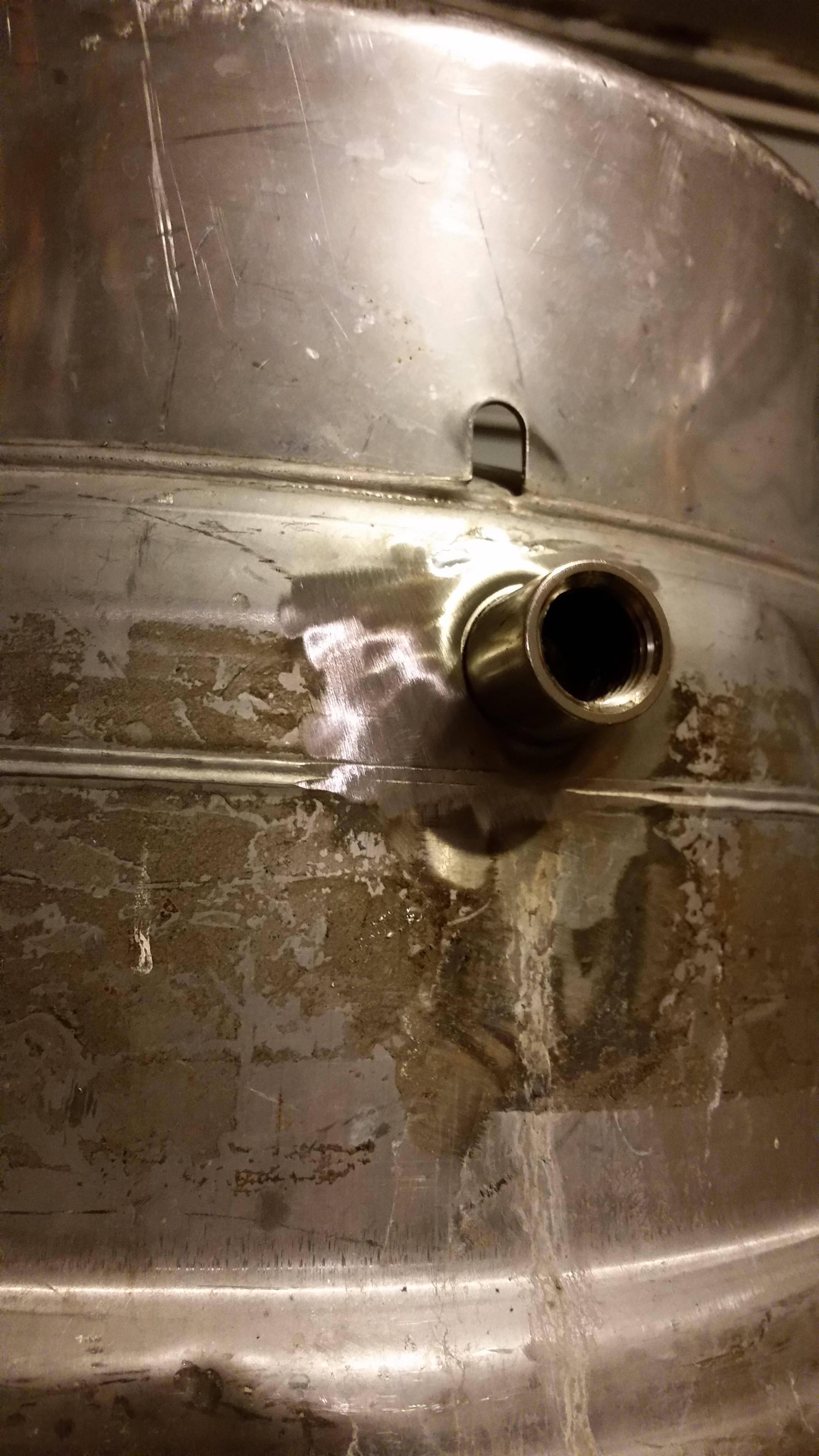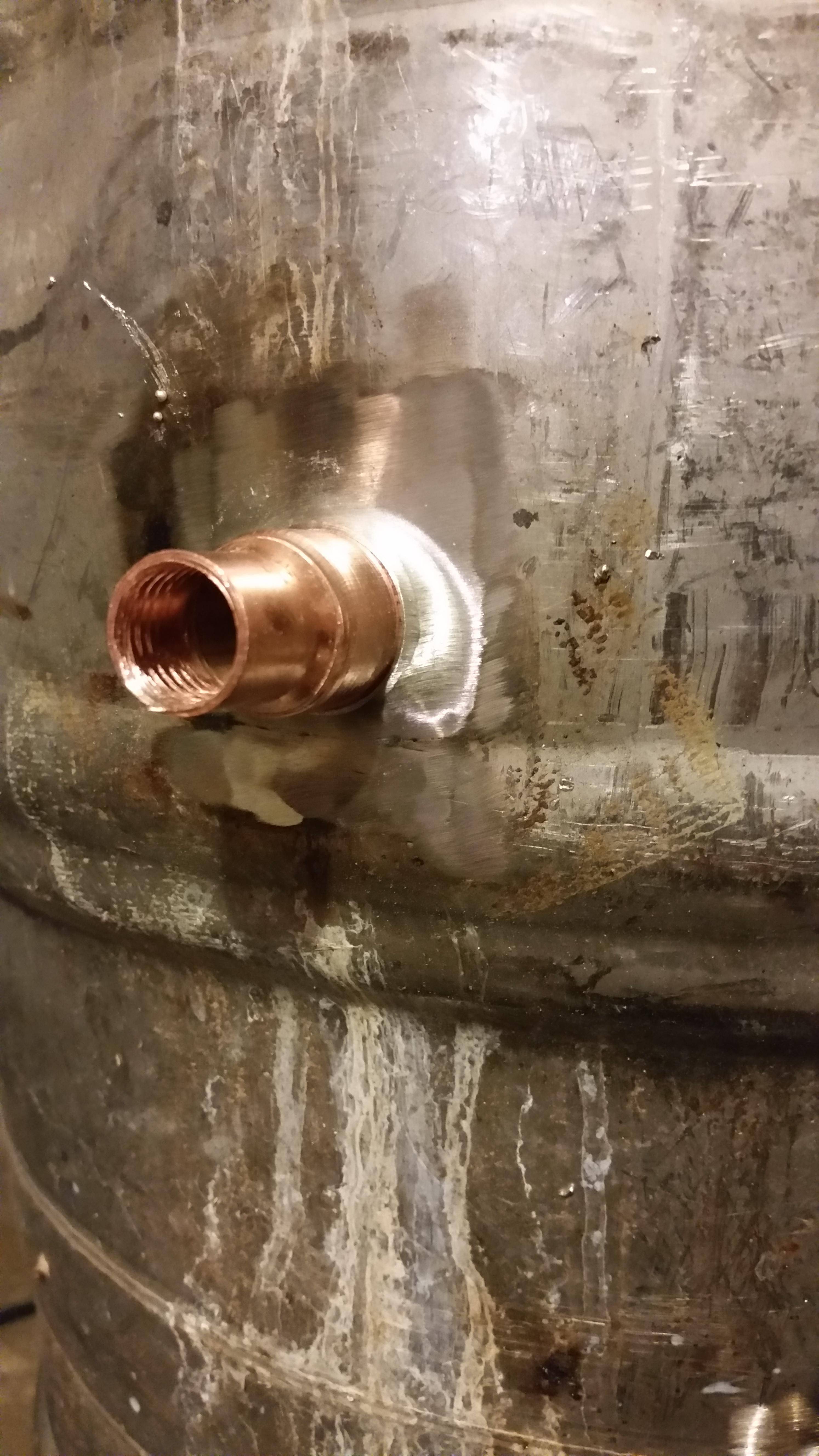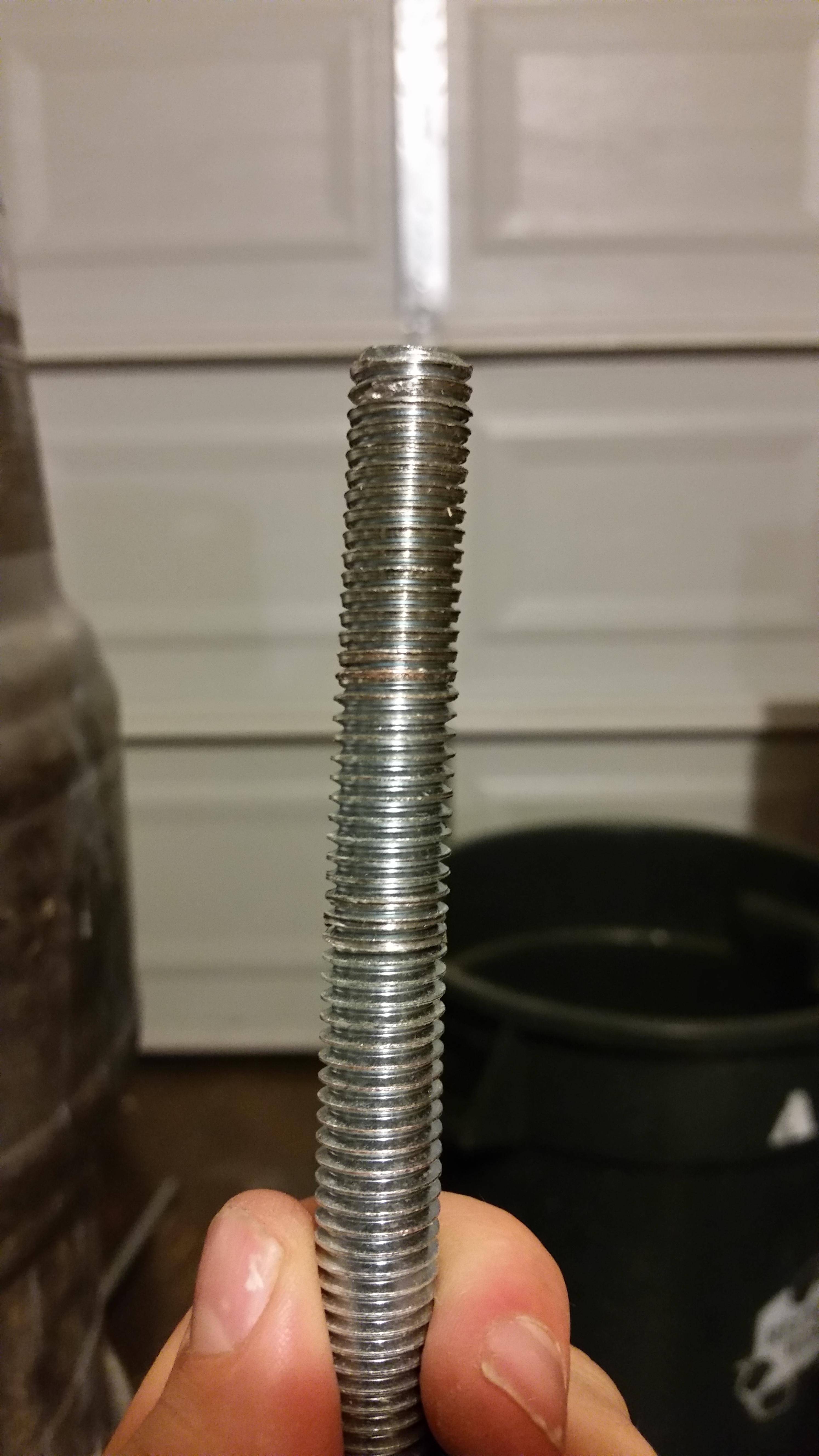wvdad
Well-Known Member
I applied all the heat from the outside. I took my time and directed the heat to an area about 6 inches surrounding the joint and then put some heat on the top of the fitting but never directly on the solder. It took about 7-8 minutes.



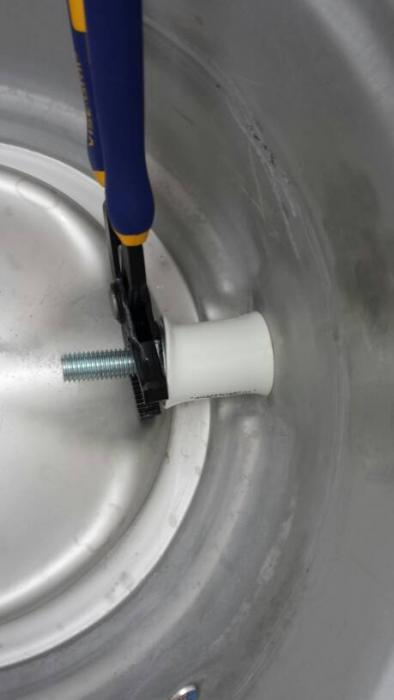

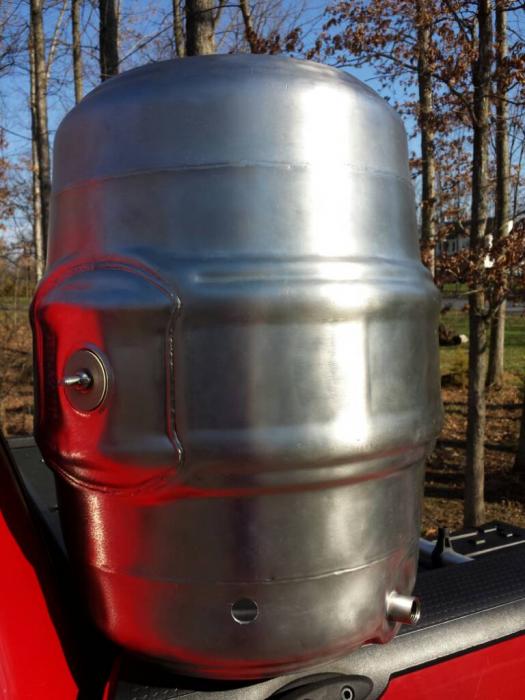






















































![Craft A Brew - Safale S-04 Dry Yeast - Fermentis - English Ale Dry Yeast - For English and American Ales and Hard Apple Ciders - Ingredients for Home Brewing - Beer Making Supplies - [1 Pack]](https://m.media-amazon.com/images/I/41fVGNh6JfL._SL500_.jpg)
